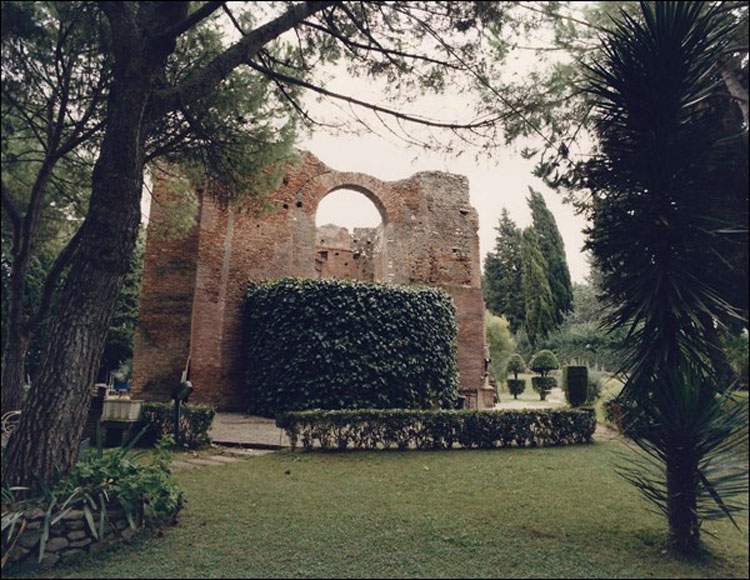The Appia Antica Archaeological Park has acquired the Mausoleum of St. Urban
The Appia Antica Archaeological Park has acquired a new monument: the Mauseum of St. Urban. The long negotiation ended yesterday with the signing of the final deed. It is a monumental brick tomb, dating back to the fourth century AD, which has an apse, side niches and remains of the front access staircase; the high walls over ten meters high are also preserved.
The building’s name refers to St. Urban because, according to an episode cited in Christian sources, the saint’s body was transported by the devout matron Marmenia to a building constructed on her property along the consular road. The villa behind the tomb was named domus Marmeniae and the mausoleum was attributed to St. Urban. The building was investigated in the late 19th century by Rodolfo Lanciani with his brothers Giambattista and Bernardo Lugari, who had purchased the land from Prince Alessandro Torlonia.
The monument was accessed from a side street of the Appia Antica, about a twenty-minute walk from the Mausoleum of Cecilia Metella. Among the first interventions designed to ensure complete accessibility of the mausoleum is the restoration of the entrance from the Appian Way and thelaunch of archaeological investigations aimed at clarifying the many still unknown aspects of the monument.
“I am particularly happy to have been able to sign today the final deed that delivers the tomb to our institution,” commented Simone Quilici, director of the Appia Antica Archaeological Park. “This is good news that revives a complicated moment for everyone. Over the years the mausoleum has become a symbol of the defacement and abuses that were being perpetrated with impunity in this area to the detriment of cultural heritage despite the countless denunciations of many intellectuals, among whom I want to remember Antonio Cederna. With this new purchase we will not only be able to study the building in depth, and acquire relevant scientific data, but we will also be able to restore and return to citizenship and public enjoyment a new green space, in one of the most striking stretches of the Via Appia Antica: a truly spectacular place that still has much to tell.”
 |
| The Appia Antica Archaeological Park has acquired the Mausoleum of St. Urban |
Warning: the translation into English of the original Italian article was created using automatic tools. We undertake to review all articles, but we do not guarantee the total absence of inaccuracies in the translation due to the program. You can find the original by clicking on the ITA button. If you find any mistake,please contact us.




























